Rainbow Blight (Part 3 of 4)
Corrupter as teacher, monster as Man.
Links:
In addition to exploded rainbows, the concluding images of the last article depicted hordes of monsters in technological, bestial and hybridized forms. Such cartoon mutants and robots are ubiquitous in our current entertainments, and imbued with human traits and personalities. The Little Ponies and Autobots speak perfect English, for example, and some of the Pokémon critters even speak a version of pidgin Japanese.
Such monstrous, semi-human beings have a very long history, spanning continents and epochs. They adorn the tomb walls of the Great Pyramids of Giza, feature heavily in the mythologies and religious artwork of Mesopotamia and Greece. But the truth is they could be found everywhere we looked, in any time period. Including right here and now, in our postmodern, transhumanistic world.
Are these beings still worshipped?
Yes.
Except the cults of today don’t call it that. They use different words like “fandom,” and their liturgies aren’t received from authorities so much as they’re evolved from memetic incest. Their rites include the hoarding of merchandise, the writing of fanfiction, the wearing of elaborate costumes and, of course, the production and consumption of untold terabytes of disturbing pornography. And by “disturbing” I mean pedophilia, vorarephilia. bestiality and scores of other fetishes too revolting to ponder. The uniting ethos appears to be the desire to transform into something other-than-human, and to act without judgment from Man or God.
My suspicion is that most of these transhumanist cults are rooted in children’s programming from the early 1980’s onward. The start of that era marked a period of great industrial convergence. By merging the design, marketing, advertising and manufacturing arms of the toy industry with broadcast TV, toys began to sell themselves through the medium of 30-minute cartoon blocks. Companies like Hasbro and Mattel could license shows like “He-Man,” “G.I. Joe” and “The Care Bears,” then purchase ad space for the merchandise (including during the show’s own time-slot).
If you were a toy-age, TV-watching child in the 80’s, you were inundated with explosively colorful advertisements that were thinly disguised as stories. As I recall, the visuals and narrative content of most of these pseudo-stories varied in quality from average to very poor. It was mostly the basic good guys versus bad guys formula1, with a dash — or even a heaping double pour — of transhumanist filth thrown in for good measure.
Foe example, even a nominally “realistic” series like G.I. Joe eventually featured a plotline where the villains genetically engineer a new super-soldier/military leader from the DNA of Hannibal, Napoleon, Sun Tzu, Alexander the Great and more.2
I shit you not, dear reader. He looked like this:
G.I. Joe: the Movie was even more bonkers, with a plot centered around a secret civilization of half-human, half-snake hybrids who want to take over the world by turning the rest of us into atavistic reptoids.3
In retrospect, the cartoons of my youth were littered with clones, demons, shapeshifters, cyborgs, robots and aliens, as well as mutant hybrids of all-of-the-above. Recall that all of this madness was marketed to a bunch of smooth-brained, pre-adolescent boys hooked on mass consumption. Scary stuff, when you think about it.
So why weren’t we scared?
In fact, not only weren’t we scared, we thought it was cool. We wanted the brightly colored toys, games and other monster merch. We even branded ourselves with the T-shirts, becoming walking, talking advertisements for corporations selling us this bullshit.
How could this be?
The answer can be found a scant decade or so before.
We were groomed.
Quick, somebody break out the tranq-darts and straitjacket! Bisone’s going after the cutest puppets in the world!
I know, I know. But before you dismiss the idea entirely, dear normie, bear with me just a little longer. If by the end you still find me in error, feel free to point out my mistakes in the comments. Until then, try to see past what your heart is telling you. Our hearts lie to us sometimes, usually because someone or something has wounded or poisoned them.
Let’s start with a basic model, and see if reflects any part of our consensual reality.
Church of the Rainbow
If we were to list out the distinguishing features of a fully fledged Rainbow Cult, it might go a little something like this:
Awash in the gaudy, clashing imagery of deconstructed light.
Rooted in a non-Abrahamic or heretical magical tradition, complete with occult practices, icons and terminology.
Obsessed with transformation, sexual liberation and earthly enlightenment.
Practitioners will often craft elaborate illusions, perform sacrifices and summon demons to assist in their pursuit of wealth, power, sex and other materialistic goals.
To advance these goals in relative safety, they employ many secret methods, and disguise themselves in the language of kindness, tolerance, diversity, respect, science, safety and other innocuous-sounding bromides.
Operating under this camouflage, they systematically infiltrate and eventually seize control over artistic, academic, corporate and political institutions, keeping their most disturbing motive hidden until the moment to unmask themselves seems to be ripe.
They’re coming for your kids.
If you are wondering whether the confession above is an outlier, I assure you it is not.
The chants of Drag March have always been cheeky and defiant, and this year the traditional "Ten percent is not enough: Recruit! Recruit! Recruit!" was updated as "Groom! Groom! Groom!"
The obsession with children is an obsession with innocence. They are seen as blank slates or lumps of clay, to be scribbled upon or molded for use. Most adult minds are too rigidly built to be completely rewritten and reshaped, as failed projects like the New Soviet Man have proven. But Stalin still had his Young Pioneers, and Mao, Hitler and many other political monsters also saw the critical importance of indoctrinating children into their movements. The same might be said of many street gangs and religious cults. Get ‘em young is just sound strategy, at a certain level of play.
But in modern occult practices (to which the Nazis in particular were no strangers), the shaping of children can serve an even darker purpose than training up young soldiers to murder rivals. I shouldn’t need to say what’s “even darker” than murder. You should already know.
But to get from “My Three Sons” to “Desmond is Amazing” isn’t easy. You can’t cross that chasm with one spectacular leap. Like a chess grandmaster, you must see ten moves ahead, and carefully plot your route to victory while staying limber enough to avoid any traps.
When I was a kid, I loved the Muppets too. And even after I grew up, I still thought of Jim Henson as an artistic genius. And maybe he was, by some definition of that. But it’s well past time to recognize what his life’s work has done to basically every American under the age of 65, as well as millions more across the world. As Paul said in a letter to the Corinthians:
When I was a child, I spoke as a child, I understood as a child, I thought as a child: but when I became a man, I put away childish things.
Down on (Open) Sesame Street
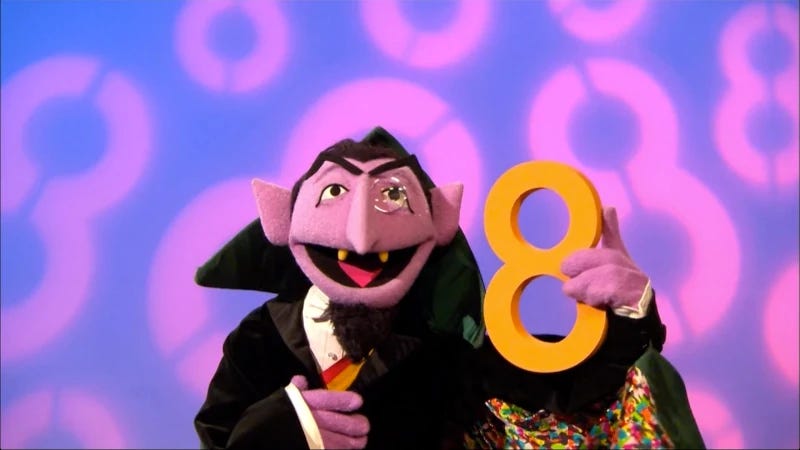
Fun Facts about Mark:
A vampire taught me math.
A trench-coated spy taught me the alphabet.
An anthropomorphic bird taught me to be curious and ask questions.
A vast rainbow horde of humanized animals and other monsters taught me a wide variety of subjects.
They were all daemons in the classical definition: spectral avatars of knowledge, who educated me through a vibrant phosphor glow shined upon a magical pane of glass.
And they all lived down on Sesame Street.
It’s uncontroversial and obvious to say that “sesame” is a magic word, famously spoken by a thief to open an ensorcelled cave in One Thousand and One Arabian Nights. Though murky, the occult roots of the seed-spice itself appear to trace back to old Babylon. The early twentieth century Orientalist Theodor Nöldeke seemed to link it to Mesopotamian fertility cults. I’m not here to argue its provenance, though; like “Abracadabra” its endurance in the popular lexicon is enough.
Enough for what?
Enough to see the outlines of a worldwide cult, focused on the earthly education, spiritual corruption, and — eventually — the legal sexualization of children.
But to reach that final goal, you need to wear a disguise. Or several disguises, actually. Comedy is a good one. Competence is another. I think it’s indisputable that the creators of Sesame Street were both funny and competent people, and I don’t deny the artistry on display. While the rainbow aesthetic was grotesque as always, there was clearly much creativity and craft put into their product. That it also happened to bring them into regular contact with lots of children didn’t seem to phase anyone at the time.
Neither did it occur to anyone that a legion of felt monsters teaching children across a TV screen was a very strange development. That’s not to say it was totally without value; a Thomist view might even put such strange teachers in that category of “lesser goods,” along with Flash Cards and other unconventional instructional aids. Puppets have their place in art, and so they arguably have some use in education too.
If a puppet is used during in-person instruction, its operator is usually at least partially exposed. And while it’s true that the imagination of kids is plastic enough to almost fully suspend their disbelief during such live performances, it’s only almost. A part of them detects that the puppet’s silly voice is really their teacher’s own.
But what of those ghostly apparitions on the screen, splashing onto our retina in 30hz pulses? Or the synesthesia of musical cues and smash cut edits, of garishly colored letters and numbers floating into view? Or those grownups who so casually and convincingly talk to these little monsters on street corners? Or Big Bird bestriding the ‘hood like a Colossus of Rhodes, reifying its reality in full-bodied longshots?
Yes, I know that many Sesame Street episodes contained occult symbols and themes. But what I’m referring to is the magic itself, and its effects on young minds over time. For the youngest children, Grover is Grover, never his performer. We don’t see the human hand thrust up his lone orifice, or in any way reveal that he is an illusion. To the child’s undeveloped mind he’s not merely animate but immanent, an imaginary friend come to life.
Just like there is no rainbow, there is also no Grover, no Elmo, no Cookie Monster. They are merely colorful illusions. But they are also sunspot lesions on the brain which, much like Santa Claus, attenuate over time but never fully heal.
And like our manmade rainbows, they aren’t quite what they seem. In fact, they are usually the opposite.
Speaking of which…
The Ode to Ishtar
Try to see past the marvelous, whimsical melody. Focus on the lyrics, as though you are encountering them for the very first time:
Why are there so many
Songs about rainbows
And what's on the other side?
Rainbows are visions
But only illusions
And rainbows have nothing to hide
So we've been told and some choose to believe it
I know they're wrong, wait and seeSomeday we'll find it, the rainbow connection
The lovers, the dreamers and meWho said that every wish
Would be heard and answered
When wished on the morning star?
Somebody thought of that
And someone believed it
Look what it's done so far
What's so amazing that keeps us stargazing
And what do we think we might see?Someday we'll find it, the rainbow connection
The lovers, the dreamers and me.All of us under its spell
We know that it's probably magicHave you been half asleep
And have you heard voices?
I've heard them calling my name
Is this the sweet sound
That calls the young sailors?
The voice might be one and the same
I've heard it too many times to ignore it:
It's something that I'm supposed to beSomeday we'll find it, the rainbow connection
The lovers, the dreamers and me.
Now, contemplate the fact that the singer of this song is a frog who falls in love with a pig. He eventually marries her, consecrating a union that cannot possibly be fruitful.
A rainbow connection indeed.
That’s all for now, gang. While I’ve officially missed my “Pride” window, I will persevere to conclude this series over the next few days, examining the evolution of the rainbow flag itself and its many mutations and offshoots. I’ll also be trying to answer the thorniest question of all:
Why would you risk linking your sexual desires to a symbol so strongly associated with children?
Continue to Part 4.
P.S. If you found any of this valuable (and can spare any change), consider dropping a tip in the cup for ya boy. It will also grant you access to my new “Posts” section on the site, which includes some special paywalled Substack content. Thanks in advance.
Even “The Care Bears,” to my surprise, who apparently waged empathic warfare against the evil “Professor Coldheart.”
Prophetic, in its way, don’t you think?


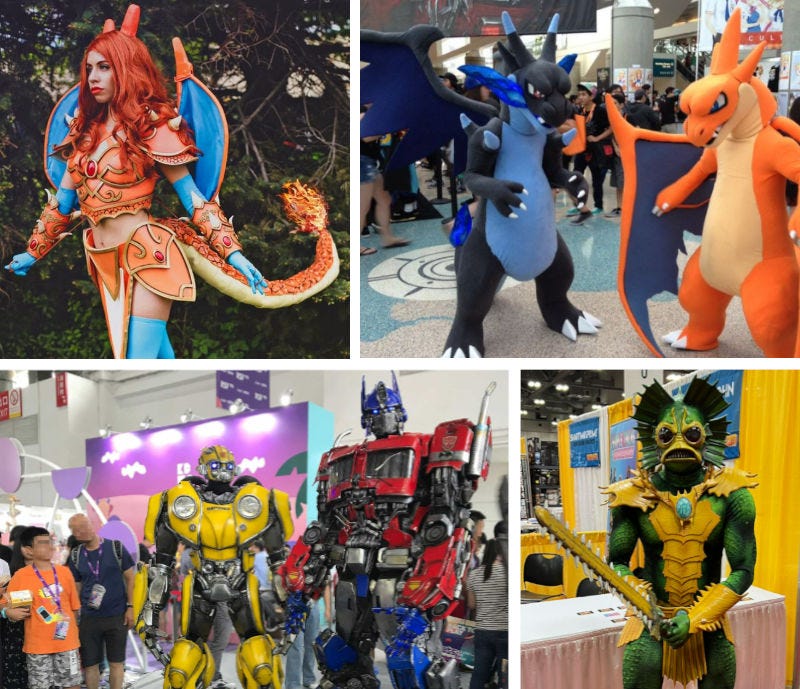

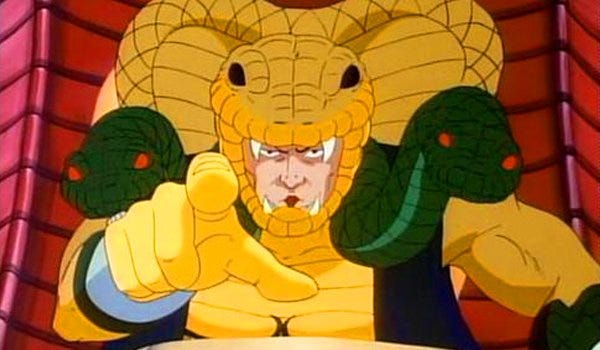
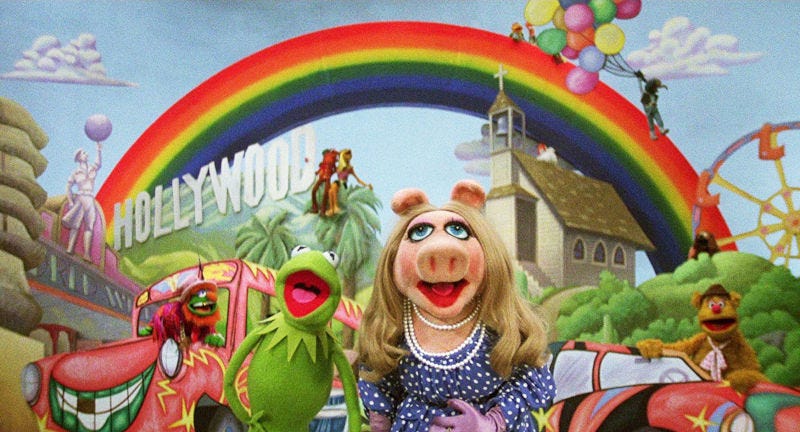
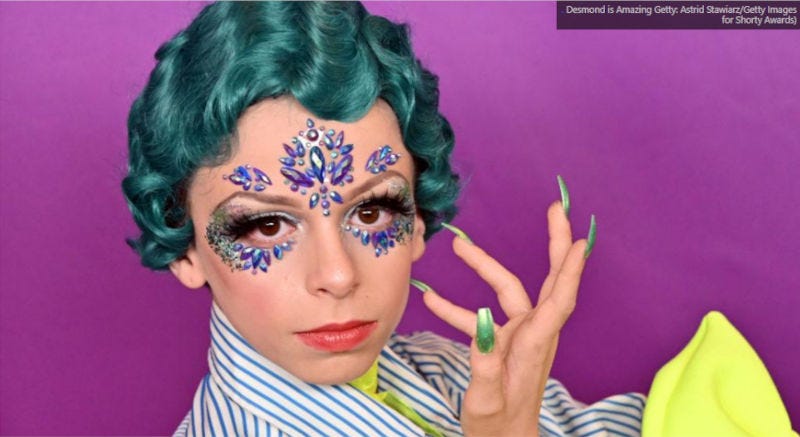
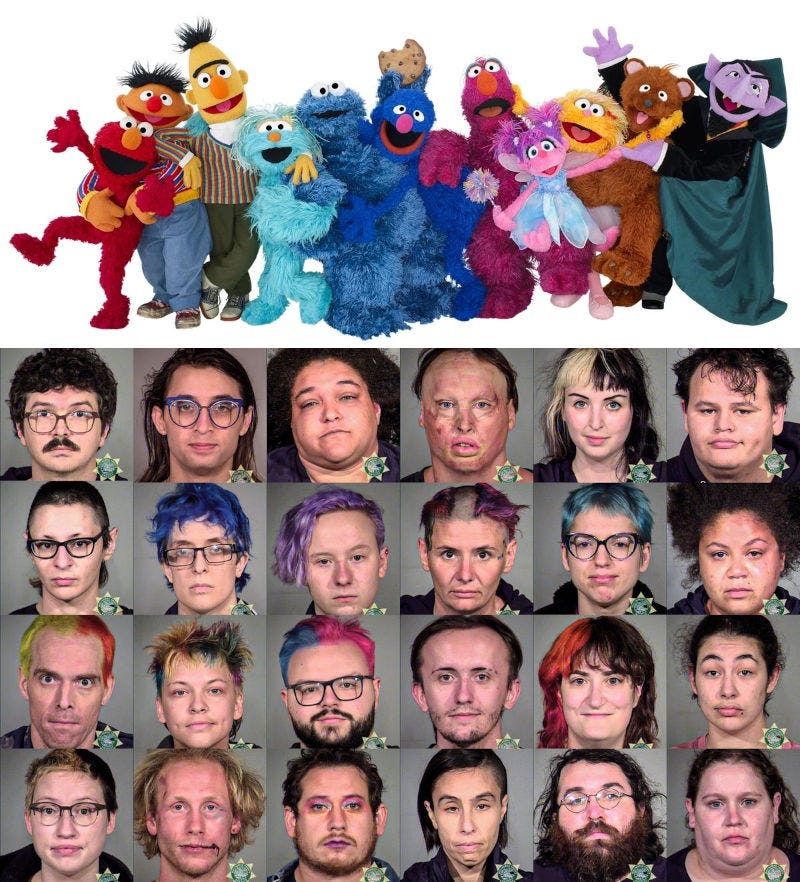
This is the kind of stuff I want to put on a greatest hits compilation of my favorite esoteric articles titled, "Now! That's what I call Schizo!" Not literally, of course, but you're really tapping into the fundamentals here that a lot of people - myself included, at times - really don't want to admit.
I was never big on Seasame Street, or at least no more so than any other kid, since they're ubiquitous in American culture, but a couple years back on a certain Tibetan Shadow Puppetry Forum's political board, I remember stumbling upon a thread pertaining to Seasame Street and a particular experiment run by the United States government in the 60's which may or may not be about mind control. I don't remember the specifics but the broad strokes was how Seasame Street was well-documented and proud to talk about the cutting edge pediatric psychology used to formulate the "most ideal" way of communicating and "teaching" children, and, of course, if yoj pick at the various individuals who were involved... well, all roads lead to Langely, one way or a other. Mostly through association, but that's suspicious enough.
I actually encountered a prime example myself - and this is what REALLY tipped me off that there's more to this theory than is comfortable. In late 2020, maybe early 2021 Steve Burns of Blue's Clues fame put on his old green shirt and did an address to the internet. It wasn't so much a "wear a mask and get the shot" lecture, just "I'm so proud of who you grew up to be" pablum. Not the worst message in the world, honestly a bit sweet, but it turned so sour so fast because people went NUTS over it. I mean, you had Redditors, man-children, and the extremely socially maladjusted proclaiming this "whole epic chungus 100" to be this great savior and how we all need to love each other in these unorecedented times... unless you didn't get the shot, in which case you could die. The response to his little three minute video was very religious. Given that I've yet to fully outgrow childish things myself, I attended Emerald City Comicon, and, long story short, Steve Burns was doing a Q&A panel. It was billed as a main event and you had to get a seperate ticket from your pass to even enter the room. Well, nothing else was happening at the time so me and my friends snuck in through the back because, at first, we didn't even know it was paid, we were just keeping a low profile because we didn't want to wear masks. The room was about half full, which, for a room as big as the one it was in, was no mean feat. But what really amazed me was, again, the reverence people treated this man with. Lauding him as if he'd discovered the cure for cancer, or something, about how he "changed their life" and "helped them through tough times" and, saddest of all, "you were a parent when mine were too busy for me". It was a lot of very damaged people (some visibly, with the typical aposematic signs), almost worshipping this guy. Many of them were wearing Steve's iconic green shirt or carrying Blue's Clues toys. Me and my friends were snickering about how ridiculous it was - especially when some attempted to sing a song from the show, or, worse, several of the people who attempted to do impressions of the dog - but the stark reality is that it's tragic that so many of these people came from broken families or tough situations and were quite literally conditioned to see this man as a surrogate parent via parasocial conditioning.
And, what's most fascinating of all - Steve Burns told the story of how he was chosen for the role. Apparently, they had "child psychologist" consultants that had written about how children are very easily imprinted on by a television host because, as you said about Grover, they can't tell that Steve the host of Blue's Clues isn't Steve Burns. And, apparently, children responded better to him than any of the other hosts, which even he said was strange because he was a punk rock guy before he became almost defined by the Blues Clues role. That programming - the establishment of a parasocial relationship - runs deep. Look at the way children gravitate towards various YouTube figures like the very questionable Mr.Beast - you see the same thing. Very funny how Mr.Beast - a supposedly self-made creator - has been propped up for almost his entire career by a production company that is basically a shell front for... what for it... Disney! Who also owns... that's right - Seasame Street! Curious, isn't it?
I don't know if Steve Burns or Jim Henson were really concious of what was at play behind them, and what they were being used for. I like to think they weren't, but, at the same time, I feel like it would be very difficult to plead total ignorance, no matter how kind of genial they may seem. Or maybe that's just my own conditioning speaking. Point is, a lot of people will say this is crazy talk, but the people responsible for these shows openly admit to and brag about the mental trickery and psychological manipulation techniques they use. They're just so effective at "teaching", why wouldn't you boast? It's not like they can even comprehend what you did.
When they started to use Sesame Street to get kids to pressurise adults into giving them the jab, they showed their true colours [pun intended] and we saw behind the curtain in the Emerald palace at the end of the Yellow brick road.